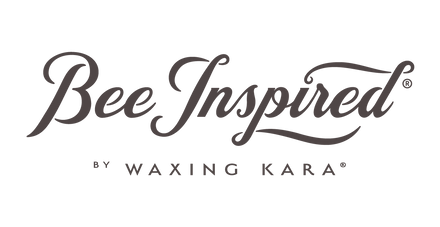My first time buying bees might have been the most foreign experience of my life. I ordered the bees, I got a call from the post office that my bees arrived and I had to come pick them up. There are lots of other stories over the years, no matter how you get your bees, it's always an exciting (and long) day.



You have four options when starting out with beekeeping and buying bees:
The first option is hiving a natural swarm. Finding and housing a swarm is a big adventure. As a beginner, I have not had much luck with capturing bees in the wild. I have only had one opportunity and the bees were too high up in a tree for me to reach. If you are going to hunt bees, you basically need to respond to phone calls at a moments notice to run and capture bees.
A second option is buying “package bees,” a group of unrelated bees that are shipped to you by US Mail. Package bees come in a wooden box, about the size of a shoebox, which is enveloped in screen mesh. A feeding can is placed in the center to feed them during travel. The queen and a handful of attendant bees are suspended in the center of the box within a cage. The bees are packaged and sold by the pound. Ask your supplier the anticipated weight of the package. It is usually between three and four pounds. The larger the package, the faster your colony will grow.
Package bees are gathered from multiple hives. They usually come from huge breeding farms (think puppy mills) and strong genetics are not always the focus of these farms. The bees are typically bred separately from the queen that they are shipped with. They often travel and get pretty stressed out when they are in transit. When the bees arrive, you remove them from the box, release them into your hive and then slowly release the queen from her cage. The queen chews her way out of the cages candy end capping and within 3-5 days she releases into the hive. With luck, everyone gets settled and accustomed to her scent and hormones. Once settled, the bees get busy building family.
Another option is buying a full-sized colony in an established hive. If you choose to do this as a beginner, try to negotiate mentoring services from the beekeeper that you purchase the hive from.
Lastly, you can purchase a nuc (nucleus hive). Nucs are my first choice. They contain an established, tested, laying queen and all stages of brood. Nucs grow at a faster pace than packages, and I have personally had more success in establishing colonies from nucs.
A nuc is basically a small hive where all of the bees are related to each other. The master beekeeper creates the nuc from a working hive by removing four to five frames with bees and the queen. These frames contain honey and larva. Since the frames are pulled from a working hive, they already have a good start. This is the nucleus of your hive and you have a greater chance of success with a strong acclimated family.
When you buy Nucs, you usually have to return the box that they arrived in to your beekeeper or pay a fair deposit for the box.


